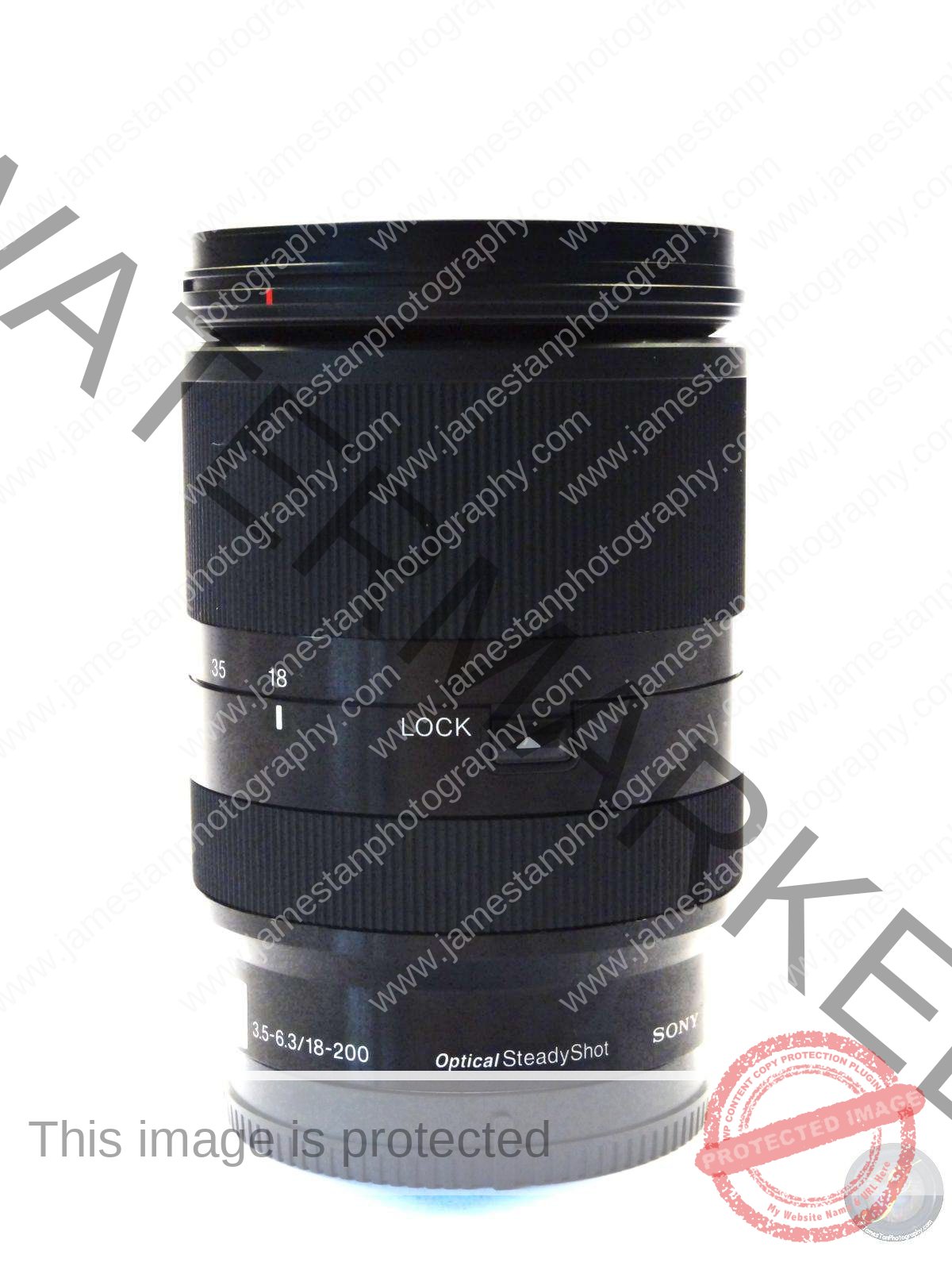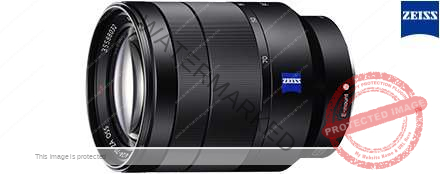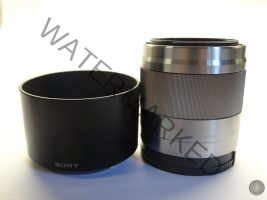Zoom lens usually consists of one focus ring and one zoom ring, and the focal length indicator as shown above.
We discussed the reasons to own a prime lens in the last post – 5 Reasons to Own a Prime Lens, but that does not mean we should always use prime lens. Today I’m going to tell you why we should get a zoom lens as well.
1. Convenience
Would you like to bring along your whole prime lens collection that covering 24 mm to 200mm (5 to 7 lenses) when traveling? Or do you prefer to travel in a lightweight and enjoy your trip? If that is the case, a lens like 24-105mm standard zoom or 18-200 mm full-range zoom is the ideal choice. Of course, I assumed you did not take the constant F2.8 cannon-size zoom into account.
2. Never Miss a Shot
It is more likely to hear those “in-heart wishes” from prime lens users than zoom lens users. For example, ” I wish I did bring along my xx mm prime lens to get that shot”. Using a full range zoom 18 -200 mm or standard zoom like 24 -70 mm or 24-105 mm can significantly reduce the chance of missing “that shot”.
But if you still missed that shot because you were using a 10-18 mm zoom lens to shoot birds/athletes in sports games…. don’t tell people that you have read my tips 😉
3. Image Stabilizer
We should always bring along our tripod when we are shooting, but how about those events/places that do not allow us to set up a tripod? An image stabilizer can save our life here because it will enable us to shoot slower shutter speed at 3 – 4 stops.
The zoom lens usually comes with a compelling image stabilizer. It allows us to shoot hand-held at its telephoto side (105 mm, or longer) with a blur-free image.
Of course, those medium to long-focal prime lenses (85 mm, 105 mm, 200 mm) also come with an image stabilizer. However, it is rarely found in those wide-angle prime lenses (24 mm, 35 mm, 50 mm). The manufacturers believe that an image stabilizer in a wide-angle lens is not as effective as it is in a telephoto lens.
Therefore, a wide-angle zoom with the image stabilizer allows us to get a blur-free shot at a fraction of a second.
4. Need for Speed
What is the best way to switch the focal length from 200 mm to 16 mm within seconds? The solution is to use two lenses on two cameras and then switch them!
However, the guys capable of doing this are professional event photographers or wealthy photography enthusiasts. For us, using the zoom lens is the most cost-effective and more practical.
5. Special Zooming Effect
If the prime lens has the creamy bokeh effect that a standard zoom cannot easily produce, then what does the zoom lens has?
That’s the smooth zoom effect! A prime lens is possible to produce a smooth zooming effect, but using a zoom lens is easier. First, mount your camera on a tripod; Second, set your shutter speed manually to a few seconds; Lastly, press your shutter button, and zoom your lens slowly and constantly.
However, some electronic zoom lenses and P&S cameras cannot change the focal length when the shooting is in progress.
Bottom Line
A zoom lens does not have a fast aperture as a prime lens (F2.8 vs F1.2), but it is more convenient to use. Besides, some good-quality zoom lenses are capable of producing a stunning optical result. Such a result is hardly differentiated from the prime lens even we compare side-by-side.
The zoom lens is your first choice if you want to travel in a lightweight or do the event shooting. Try to get the one with a constant aperture. A constant F4 zoom lens is a good choice because it is cheaper, lighter, and smaller than its constant F2.8 brother. You will appreciate the constant F4 at the telephoto end.
That’s all for today. Thank you for your reading, and I hope you like it.







